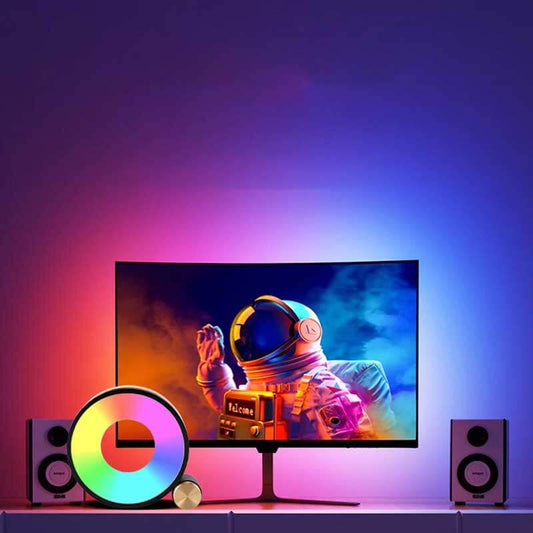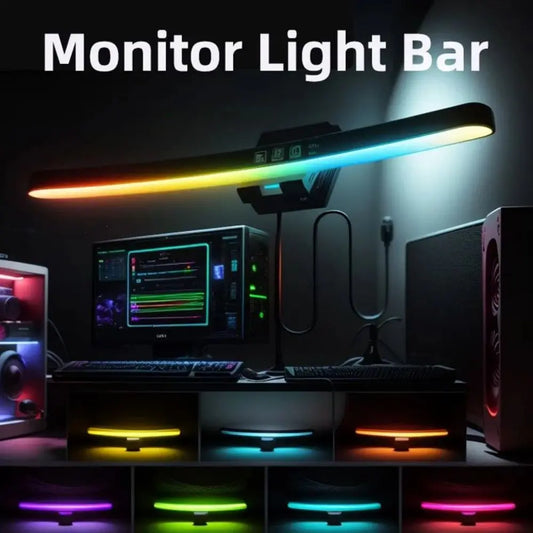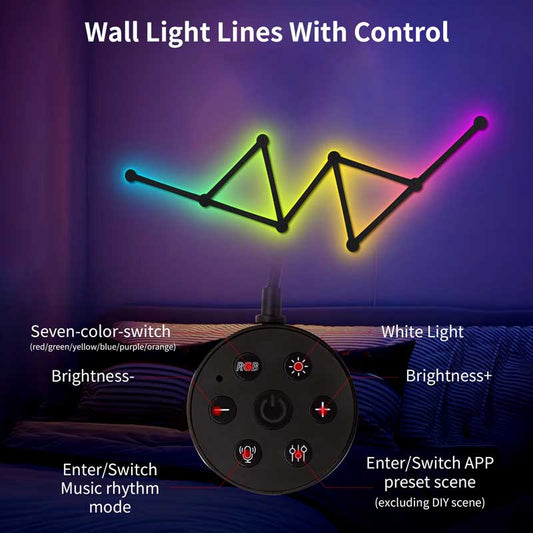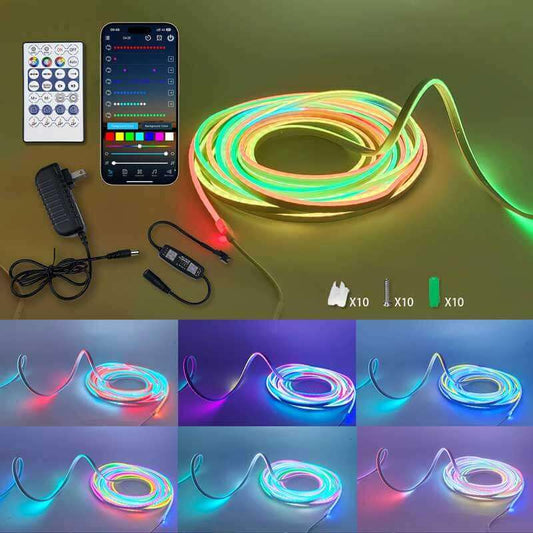How much is a new pixel 6 screen?
Share
The cost of a new Pixel 6 screen for replacement can vary depending on several factors such as where you get the replacement and whether you're using OEM (Original Equipment Manufacturer) parts or third-party components. Here's a breakdown of the costs:
1. Google Repair (OEM Screen)
- Cost: The official cost for replacing a Pixel 6 screen through Google or authorized repair centers like uBreakiFix typically ranges from $200 to $350.
- Warranty: Repairs done by Google or authorized centers will usually come with a 1-year warranty on the replacement screen.
- Repair Time: If done via mail-in, it may take around 5-7 business days for the repair to be completed, but some centers offer same-day repair (for in-store service).
2. uBreakiFix (Authorized Google Repair)
- Cost: The price is usually around $220 - $300 for the Pixel 6 screen replacement, depending on location and if you are opting for expedited service.
- Warranty: Comes with a 1-year warranty for parts and labor.
- Repair Time: In-store repairs may take a few hours, while mail-in services can take 5-7 business days.
3. Third-Party Repair Shops (Non-OEM Parts)
If you're looking to save money and are okay with non-OEM parts (which may not offer the same quality as the original screen), third-party shops can replace your Pixel 6 screen for a lower price:
- Cost: Typically $150 to $250, depending on the service provider and the quality of parts they use.
- Warranty: Warranties vary from 30 days to 6 months, depending on the repair shop.
- Repair Time: Usually 1-2 hours for in-person repairs, and 5-7 business days for mail-in services.
4. DIY Screen Replacement Kits
If you're comfortable with doing the repair yourself, you can purchase DIY screen replacement kits that come with tools and the screen itself. However, this method requires a bit of experience and can be risky, especially if you're not familiar with phone repairs.
- Cost: The screen replacement kits for the Pixel 6 are typically priced between $150 to $220.
- How to Find: You can find these kits on sites like iFixit, Amazon, or specialized repair stores.
Other Costs to Consider:
- Shipping Fees: If you're using a mail-in repair service (like Google or uBreakiFix), there may be additional shipping charges unless the service offers free shipping.
- Labor Fees: Some repair services charge an additional labor fee, especially third-party shops. However, this is often bundled into the screen replacement cost.
- Screen Quality: If you opt for third-party parts, the quality may differ from OEM. This could affect screen brightness, color accuracy, and durability.
Summary of Pixel 6 Screen Replacement Costs:
- Official (Google/uBreakiFix): $200 - $350
- Third-Party (Non-OEM): $150 - $250
- DIY Kits: $150 - $220
If you prefer official, high-quality repairs, the $200 - $350 range is a safe estimate. For a cheaper alternative, third-party repairs can save money but with a trade-off in screen quality and warranty.
Choosing a third-party repair service to replace the screen of your Pixel 6 can indeed save you money, but there are several factors to consider, including the potential trade-offs in screen quality, warranty coverage, and service reliability. Let’s dive into the pros and cons of third-party repairs in more detail.
1. Cost Savings
- Price Range: Third-party repairs for the Pixel 6 typically cost between $150 to $250, which can be 50% cheaper than official services that charge $200 to $350.
- Service Locations: You may find third-party repair shops locally that can offer competitive prices and fast service. Many of these shops offer the same-day repair, whereas official services may require mail-in and take longer.
Where to Find Third-Party Repair Services:
- Local Repair Shops: Search for reputable local repair stores in your area. Websites like Google Maps, Yelp, or Facebook reviews can help you identify trusted businesses.
- Online Platforms: Websites like iFixit, RepairPal, or Phone Repair Labs offer replacement kits or can connect you to service providers.
- Amazon & eBay: Sometimes sellers offer screen replacement kits that come with screens and the necessary tools for DIY installation.
2. Quality of Replacement Screen
-
OEM vs. Aftermarket Parts:
- OEM (Original Equipment Manufacturer) screens are genuine parts that come directly from the manufacturer (in this case, Google). They offer the best performance in terms of color accuracy, brightness, durability, and functionality. These are what you'd get when using authorized repair centers.
- Aftermarket screens (used by third-party repair shops) are not original parts. They may be cheaper, but they come with quality compromises.
Potential Drawbacks of Aftermarket Screens:
- Color Accuracy: Aftermarket screens may not match the color reproduction of the original display. This could affect the vibrancy and consistency of the colors on your Pixel 6.
- Brightness and Clarity: The brightness levels might not be as high as the OEM screen, which could make the display look duller or less vibrant.
- Touch Sensitivity: Aftermarket screens can sometimes be less responsive, which can result in laggy or unresponsive touch input, especially around the edges of the screen.
- Build Quality: Some third-party screens may not have the same level of durability and may scratch more easily or fail quicker than the original screen.
3. Warranty on Repair and Parts
-
Limited Warranty: Third-party repair services often offer a limited warranty—usually between 30 days to 6 months—on their parts and labor. While this is better than no warranty, it’s much shorter than the 1-year warranty that comes with official Google repairs.
- This limited warranty typically covers manufacturing defects in the screen and repair services, but it won't cover damage from misuse or accidental drops.
- If the screen starts malfunctioning after the warranty period ends, you may be left on your own to pay for another repair.
What Happens If the Third-Party Screen Fails?
- If you experience issues with the screen, you might need to pay again for another repair if it's out of warranty, and the service provider may or may not offer an easy resolution.
- You also won't be able to claim warranty service directly from Google, since the repair was done by a third-party provider.
4. Risk of Poor Service
Not all third-party repair services are the same, and some might offer subpar work. Here are some risks to keep in mind:
- Improper Installation: If the technician isn’t experienced or trained, there’s a risk of improper installation, which can lead to issues like screen misalignment, ghosting, or even further damage to internal components.
- Lack of Expertise: Some third-party shops may not be as well-versed in Pixel-specific issues, such as calibration or water resistance, which could affect the functionality of the device post-repair.
5. Pros of Third-Party Repairs
- Cost-Effective: The primary appeal is the significant cost savings, which can be up to 50% cheaper than official repairs.
- Speed: Local third-party repair services often provide same-day repairs, which is especially useful if you need your phone fixed quickly.
- Convenience: You might be able to find a local repair shop that’s close to you, reducing the need to send your phone away and wait for it to be returned.
6. Pros and Cons at a Glance
| Pros | Cons |
|---|---|
| Affordable: Costs are often lower by $50 to $150 compared to official services. | Lower Quality Parts: Aftermarket screens may not match the quality of OEM parts, affecting brightness, color accuracy, and clarity. |
| Quick Repair: Many third-party shops offer same-day repairs or fast turnaround times. | Limited Warranty: Most offer a 30-day to 6-month warranty, whereas Google provides a 1-year warranty. |
| Convenience: You may find local shops that are easy to access. | Risk of Poor Service: Unreliable technicians or subpar service could lead to further damage or incomplete repairs. |
| Customizable: Some repair shops offer screen upgrades (e.g., matte or anti-glare screens). | Void Manufacturer’s Warranty: Using third-party parts can void the Google warranty on your device. |
7. When Is It Worth Choosing Third-Party Repairs?
Third-party repairs might be worth it if:
- Cost is a major factor and you’re comfortable with using non-OEM parts that may not be as high-quality as the original screen.
- You need a quick repair and don’t mind sacrificing some screen quality.
- The warranty period for your Pixel 6 is already over, and you’re not concerned about voiding future Google warranty claims.
When Should You Avoid Third-Party Repairs?
You might want to consider official repair options if:
- You’re looking for OEM parts with the best quality possible for color accuracy, brightness, and touch sensitivity.
- You need the repair to be covered under a longer warranty (1-year from Google).
- You want to maintain your Google warranty or insurance coverage on the phone.
Summary
Third-party repair services offer a more affordable way to fix your Pixel 6 screen, but there are trade-offs:
- Quality Issues: Aftermarket parts may have issues like color differences, lower brightness, or slower touch responsiveness.
- Shorter Warranty: Warranty periods are typically much shorter than those provided by official repair services.
- Risk of Subpar Service: There’s always a risk of poor installation or inadequate parts if you choose a less reputable service provider.
If you're comfortable with these trade-offs and want to save money, third-party repairs can be a good option, but if you're looking for the best quality and warranty coverage, sticking with official repairs is likely the safer choice.




